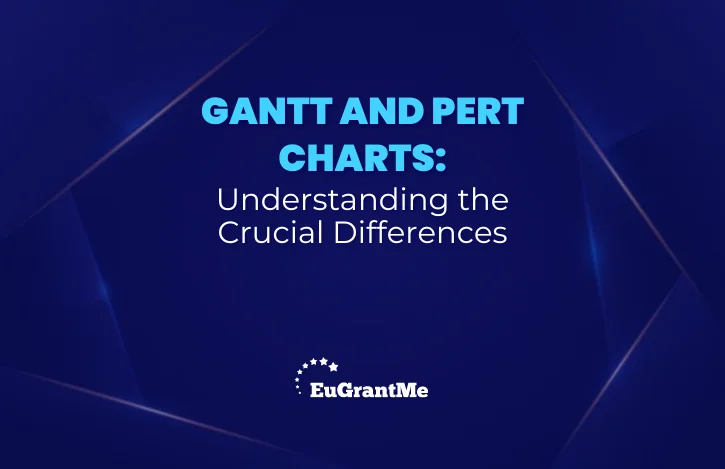In project management, choosing between Gantt and PERT charts can be pivotal. These tools offer distinct advantages and serve different purposes. Let’s delve into understanding the crucial differences between Gantt and PERT charts to help you make informed decisions for your projects.
Gantt Charts: Visualising Tasks and Timelines
Gantt charts are perhaps the most widely used tool in project management. They provide a visual representation of project tasks, timelines, and dependencies. With Gantt charts, you can easily see what needs to be done, who is responsible for each task, and when it needs to be completed. These charts are intuitive and easy to understand, making them popular among project managers and team members alike.
PERT Charts: Analysing Dependencies and Critical Paths
PERT (Program Evaluation and Review Technique) charts, on the other hand, focus on analysing dependencies and identifying critical paths in a project. PERT charts use a network diagram format to illustrate the sequence of tasks and their interdependencies. By plotting tasks and their estimated durations, PERT charts help in identifying the longest path through the project, known as the critical path, which determines the minimum time required to complete the project.
Different Approaches to Time Management
One of the key differences between Gantt and PERT charts lies in their approach to time management. Gantt charts are ideal for tracking progress against a predetermined timeline. They provide a clear visualisation of task durations and deadlines, allowing project managers to monitor progress and adjust schedules as needed. PERT charts, on the other hand, focus on estimating the time required to complete a project based on the sequence of tasks and their dependencies. They help in identifying potential bottlenecks and critical paths, enabling project managers to allocate resources more effectively.
Focus on Task Relationships
Another crucial difference between Gantt and PERT charts is their emphasis on task relationships. Gantt charts primarily focus on the chronological sequence of tasks and their dependencies. They provide a straightforward representation of task durations and the order in which they need to be completed. PERT charts, on the other hand, delve deeper into the relationships between tasks by analysing their dependencies and identifying critical paths. PERT charts help in understanding the flow of work and the impact of delays on the overall project timeline.
Level of Detail and Complexity
In terms of detail and complexity, Gantt charts tend to be more straightforward and easier to create and understand. They provide a high-level overview of project tasks and timelines, making them suitable for simple projects or those with well-defined tasks and deadlines. PERT charts, on the other hand, offer a more comprehensive analysis of task dependencies and critical paths. They require more effort to create and interpret but provide valuable insights into project scheduling and resource allocation, particularly for complex projects with uncertain timelines.
Flexibility and Adaptability
Both Gantt and PERT charts offer flexibility and adaptability, albeit in different ways. Gantt charts are highly flexible and allow for easy adjustments to task durations and dependencies. Project managers can easily update Gantt charts to reflect changes in project scope, deadlines, or resource availability. PERT charts, while less flexible in terms of visual presentation, offer flexibility in terms of project planning and scheduling. They enable project managers to explore different scenarios and identify opportunities for optimising project timelines and resource allocation.
Key Takeaway
In summary, both Gantt and PERT charts are valuable tools in project management, each offering unique advantages and serving different purposes. Gantt charts excel at visualising tasks and timelines, making them ideal for tracking progress and managing deadlines. PERT charts, on the other hand, focus on analysing task dependencies and critical paths, helping project managers identify potential bottlenecks and optimise project schedules. By understanding the crucial differences between Gantt and PERT charts, project managers can choose the right tool for their projects and ensure successful project execution.
At EuGrantMe, we are passionate about fostering innovation and empowering ambitious minds to flourish. Our mission revolves around providing top-notch grant writing services for the EIC Accelerator and Horizon grants in Europe, enabling our customers to unlock the full potential of their ground-breaking ideas.
Do you have a project to turn into reality?
Contact us!


